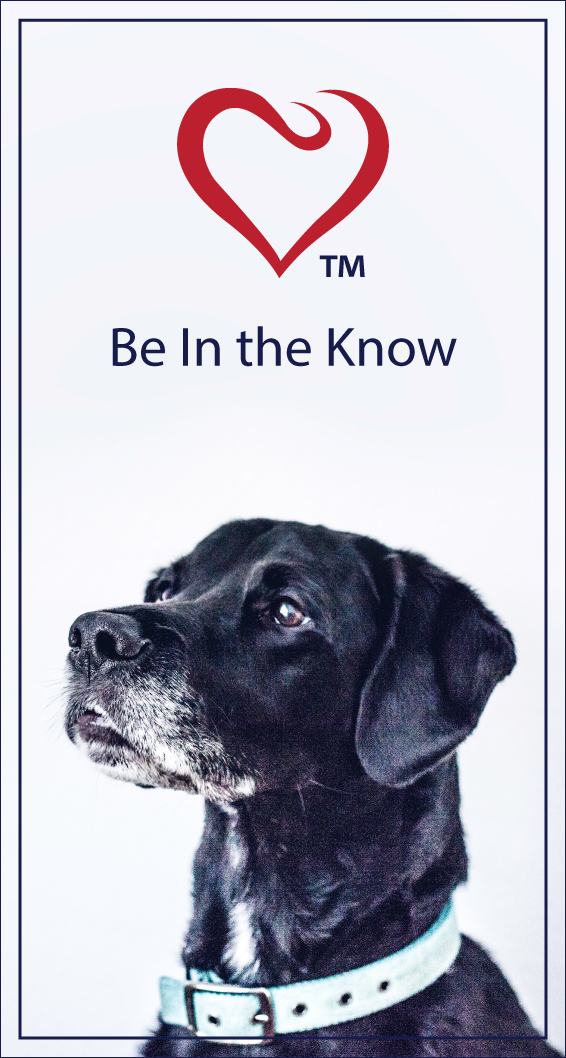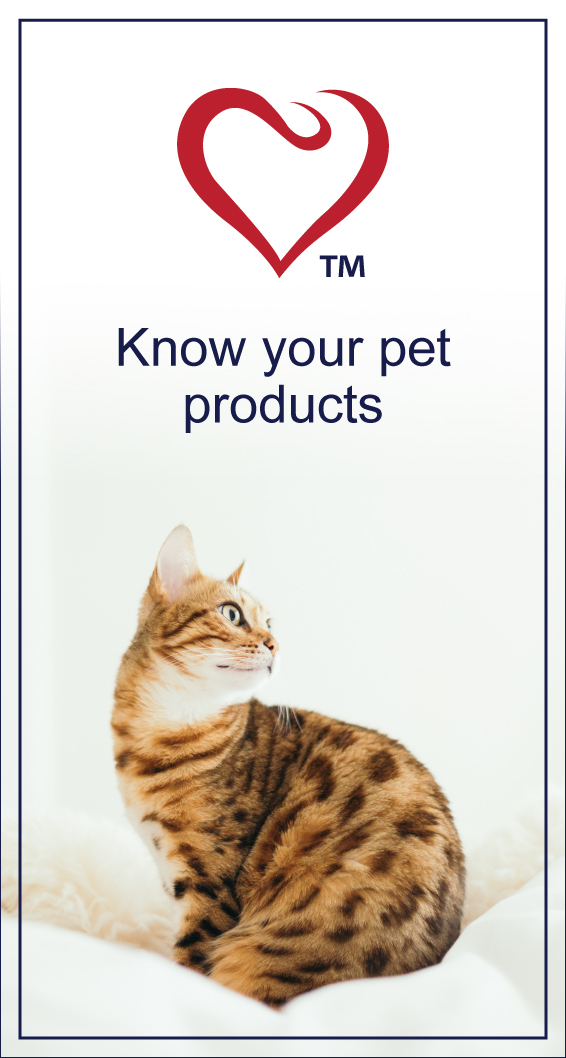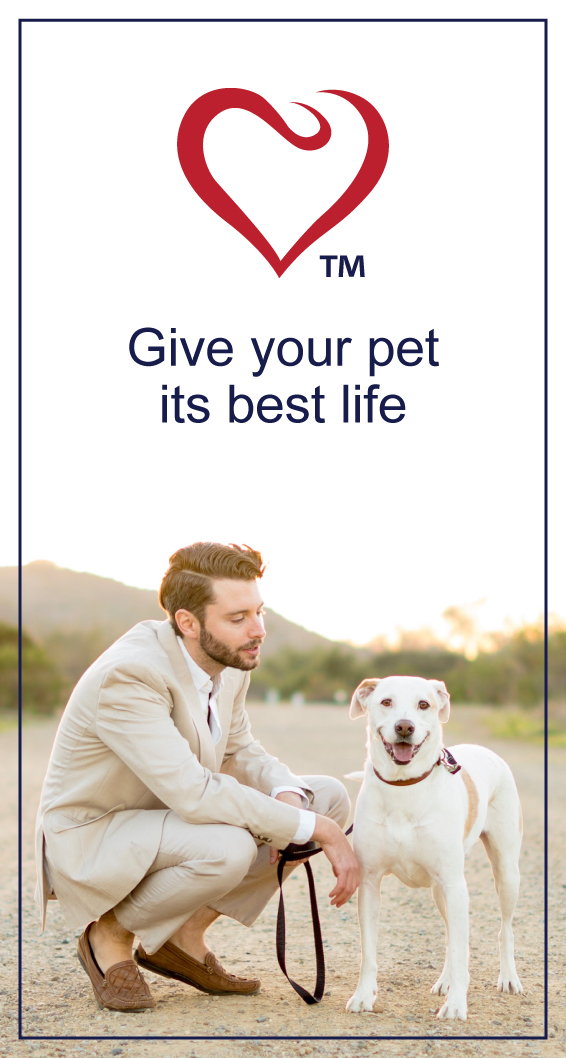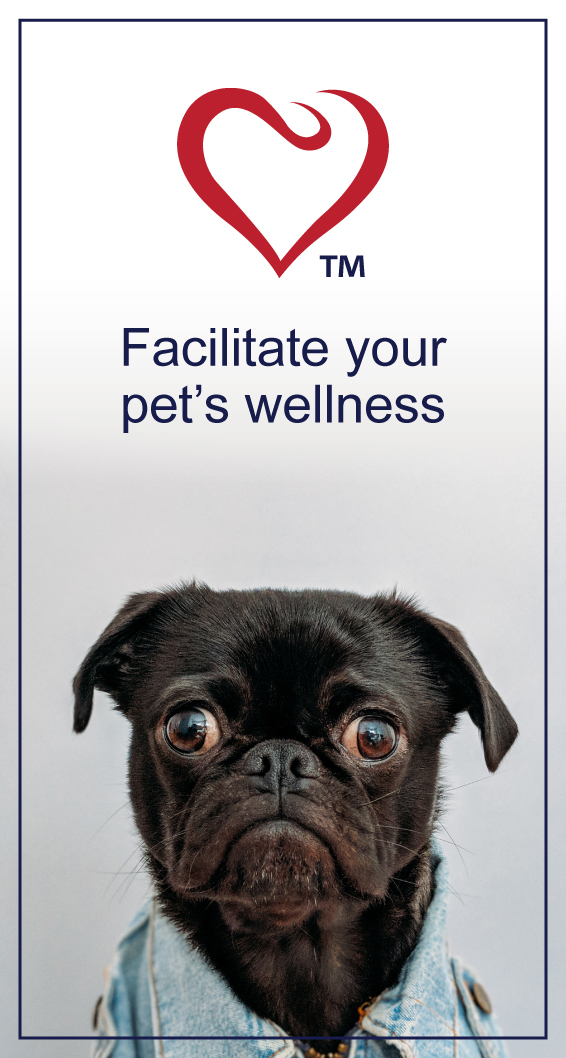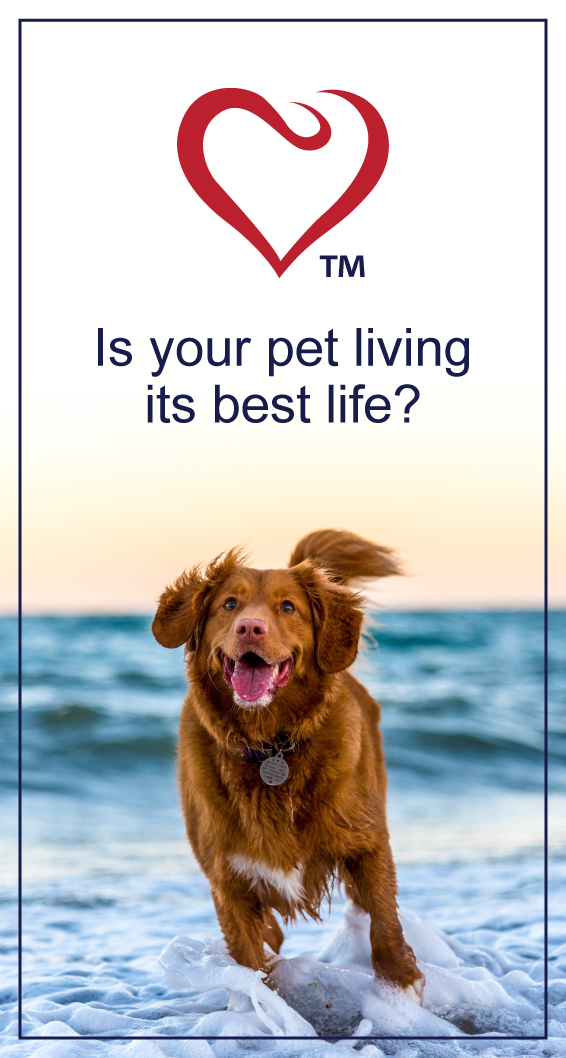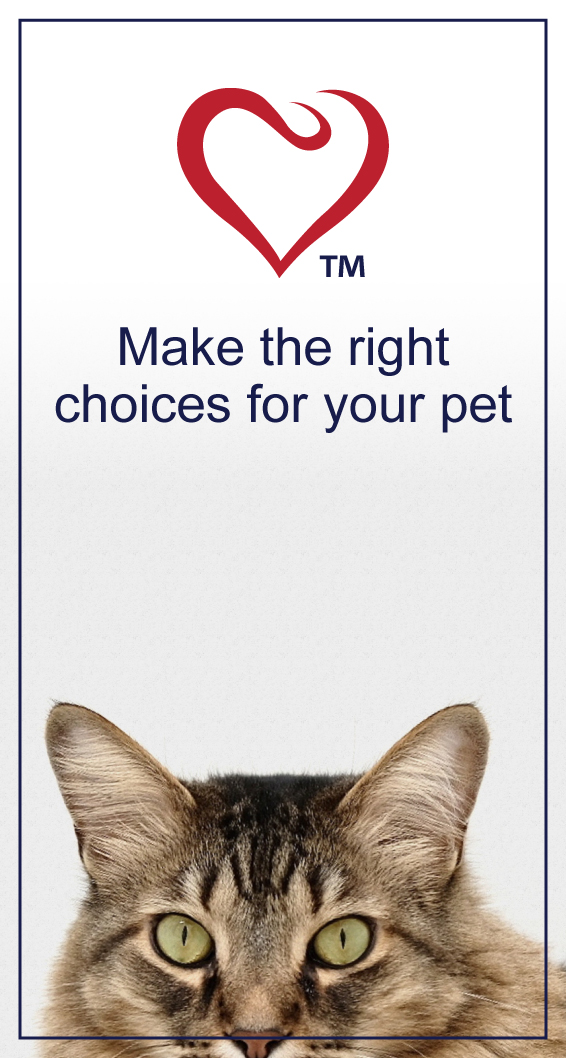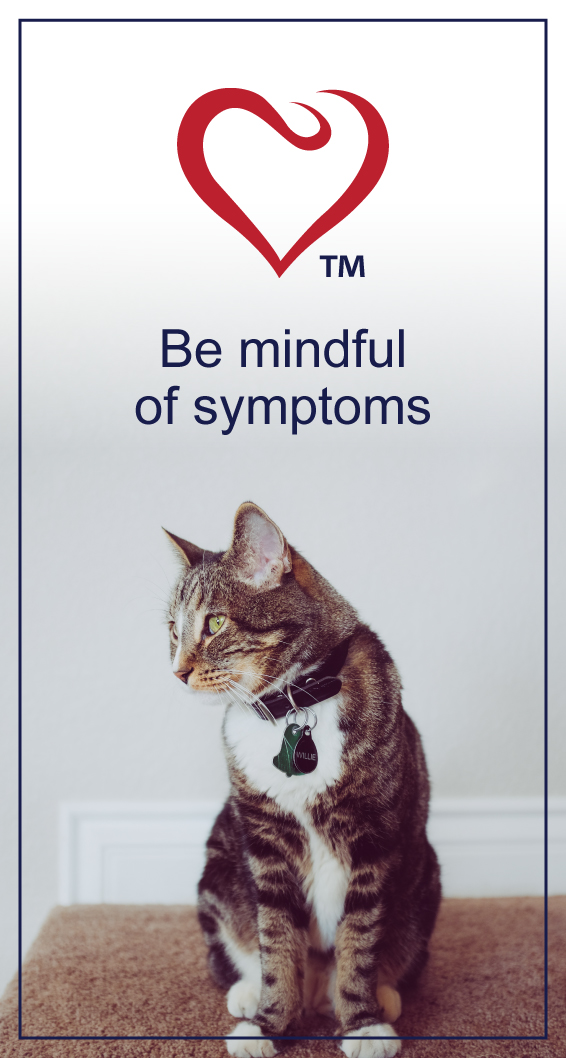
TRENDING
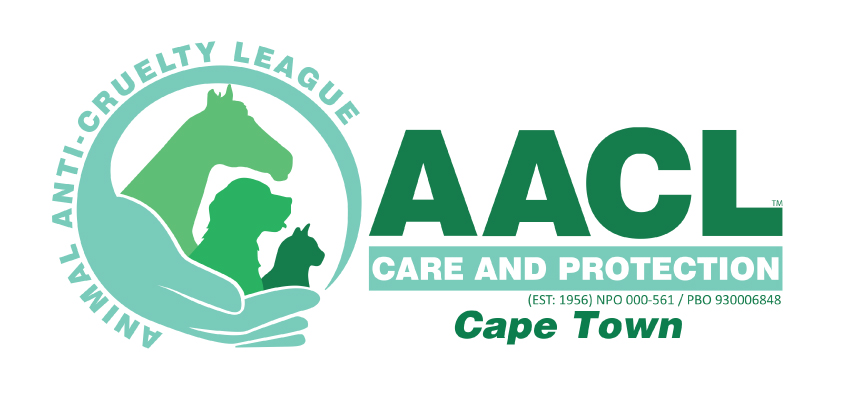
We’re excited and honoured to feature South Africa’s second largest independent animal welfare organisation on PetlifeSA.
Are Cats As Domesticated As Dogs?
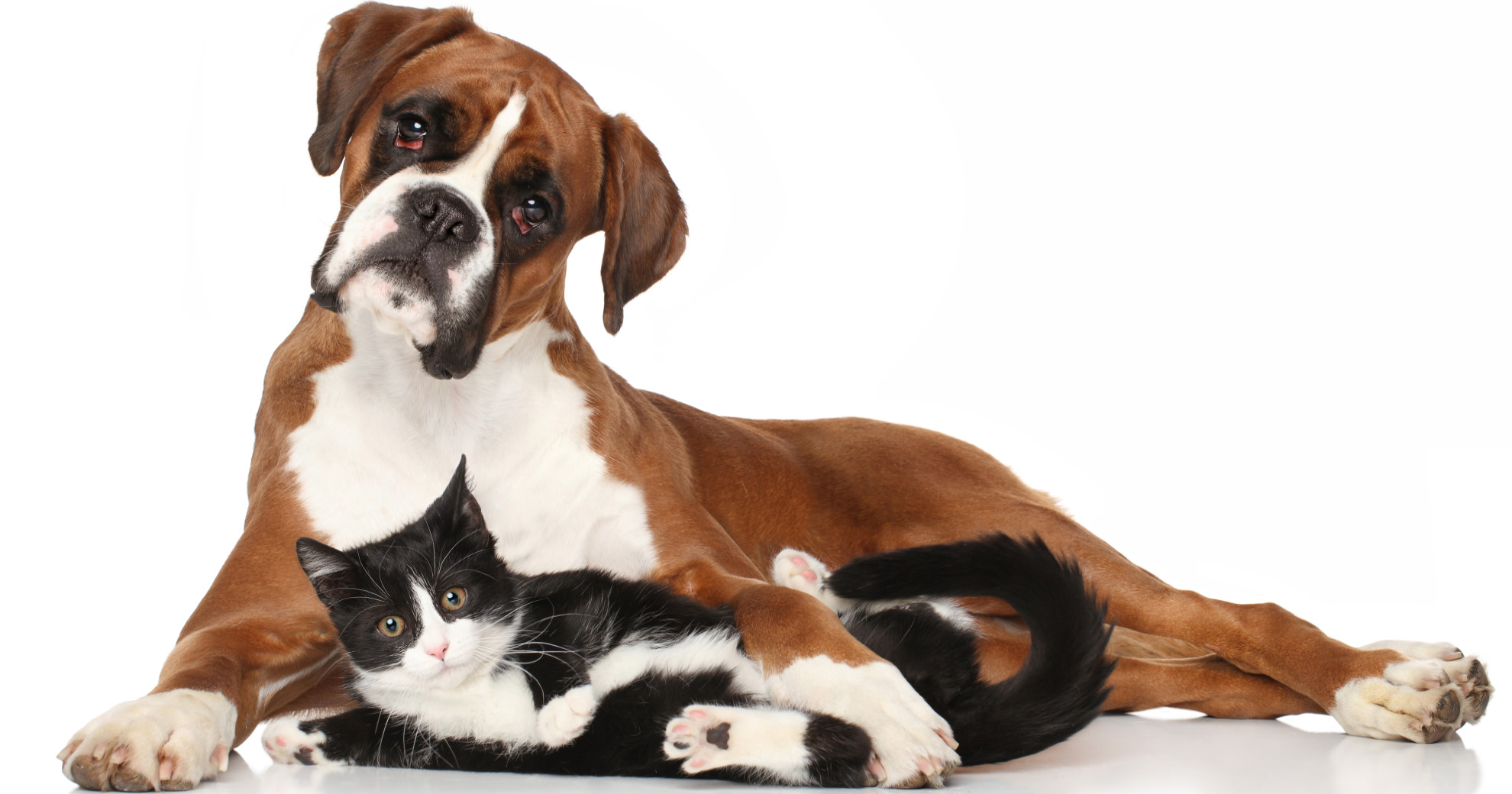
The question can only be answered by first understanding what “domestication” and “tame” mean.
A tame animal is one that is relatively tolerant of human presence. Taming is the process of making an animal used to human company and unafraid of people. This is achieved through conditioning by gradually accustoming the animal to human presence, handling, and feeding. It can occur over a short period of time, even within an individual animal’s lifespan. However, a tame animal still retains its wild instincts and can be dangerous and unpredictable.
In contrast, domesticated animals are those that have been selectively bred over many generations for traits that are beneficial or desirable to humans. This process changes the genetic makeup of the species, leading to physical and behavioural traits that distinguish domesticated species from their wild counterparts. Domestication is a long-term process that occurs over many generations. Domesticated animals are typically dependent on humans for their care and survival.
Therefore, while a lion might be tamed to perform in a circus, it is not domesticated. Conversely, your pet dog is both tame (it won’t bite you) and domesticated (it’s genetically distinct from wolves).
So, to answer the question one must study the traits that have emerged in domesticated animals. Taking farmed and wild sheep as examples, the former are stockier and have a thick fleece that needs to be shorn. Their wild cousins, however, have hair that grows longer to become the outer coat and short fine wool that serves as an undercoat. Domestic sheep have lost agility and become much fatter while male wild sheep exhibit much more powerful dominance displays. Such breeding adaptations show themselves as morphological (body shape), behaviour, and genetic changes.
Behaviour
Behavioural changes in domesticated animals often differ greatly from their ancestors. For instance, domesticated dogs, having retained their instinct to be pack-centered animals, are more social. Over thousands of years, to bond with humans, they have become less aggressive than wolves in the wild. Domesticated cats are tamer and more affectionate than wild bobcats but can still be loners.
Because of this development, dogs crave human companionship and are more likely than cats to establish strong bonds with their owners and are often very protective of them. This is not unknown in cats, but being more solitary animals, they easily keep their own company, need much less interaction with humans, and are more likely to form territorial bonds than with people. They may be affectionate with their present owners but would happily move on if a better situation presented itself.
Dogs are more trainable than cats because they have been bred to obey commands and are eager to please their pack leader. Conversely, cats are more independent and stubborn. To a far lesser extent, cats can be trained, but it takes more time and patience.
Body shape
Morphological changes in domesticated animals often differ from their wild ancestors as well. Domesticated dogs typically have shorter snouts, floppy ears, and curly tails compared to wolves. Domestic cats usually have shorter legs, rounder faces, and bigger eyes than wild cats.
Genetics
Genetic changes often distinguish domesticated animals from their wild ancestors too. For example, domesticated dogs have fewer genes for aggression and fear than their wild cousins. Domesticated cats have fewer genes for hunting and solitary behaviour than wild lions.
In short, cats are not as domesticated as dogs. With 10 times more molecular markers for domestication found in dogs compared to cats, your canine companion will do everything it can for your approval while your feline friend is mainly keeping an eye out for whatever goodies they can get.
Related Articles
